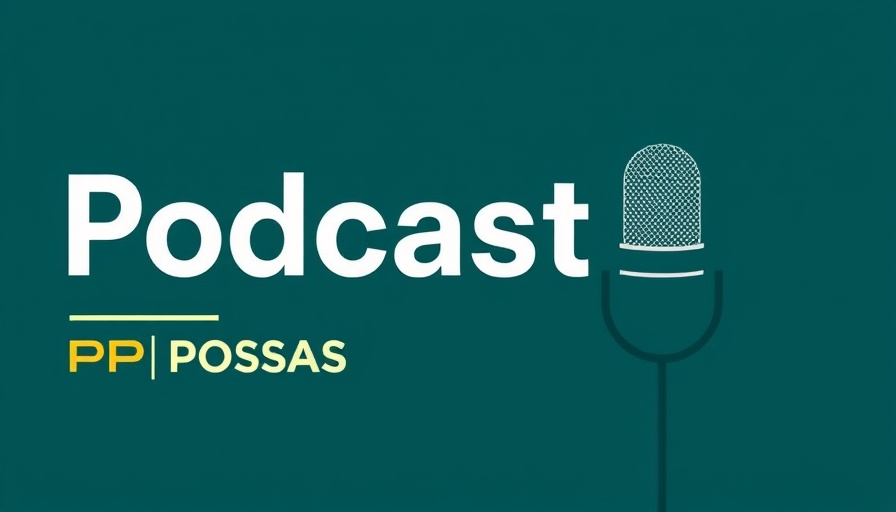
Transform Your Posture with Simple Wall Moves
Did you know that your posture can greatly affect how you feel every day? Good posture isn’t just about looking confident; it’s crucial for your overall health and well-being. Many of us, especially those who spend long hours in front of a screen, find ourselves slouched forward. This can lead to back and neck pain, fatigue, and even stress. That’s why it’s important to integrate some quick, effective exercises into your daily routine to improve your posture. In this article, we’ll take inspiration from the video “These 2 Wall Moves Can Fix Your Posture Fast!” and explore how simple changes can make a big difference in how you feel.
In These 2 Wall Moves Can Fix Your Posture Fast!, the discussion dives into posture correction techniques, exploring key insights that sparked deeper analysis on our end.
Why Posture Matters
Excellent posture plays a vital role in our health. It not only enhances physical appearance but also benefits our mental health, energy levels, and productivity. When we sit up straight or stand tall, our bodies can function better, making it easier to breathe and reducing strain on our muscles and joints. A slouched position may seem comfortable at first, but over time, it can lead to chronic pain and tension. Recognizing the significance of good posture can inspire us to take action.
Quick Wall Moves for Better Posture
According to the video, two effective wall exercises can help restore your body alignment quickly. These simple wall moves can be done within minutes and are great for busy professionals looking for quick solutions:
- Wall Angels: Stand with your back against a wall and your arms bent at 90 degrees. Slowly slide your arms up and down the wall while keeping them in contact with the wall. This movement engages your upper back, helping improve mobility and alignment.
- Chest Stretch: Stand facing a wall; place your hands on the wall at shoulder height. Step back and lean into the stretch to open up your chest. This move counters the hunched position many of us fall into when working at a desk.
Incorporating these moves into your daily routine can help alleviate back pain and enhance body alignment, leading to improved overall health.
Emotional Well-Being and Posture
It’s interesting to note how our mental state can influence our posture. Feeling stressed or anxious often translates to a slouched position. Conversely, standing tall can signal to our brains that we’re confident and in control. Therefore, a double benefit comes from focusing on posture—it not only alleviates physical discomfort but can also boost your mood. Try these wall exercises not just for the physical aspect, but also to enhance your emotional wellness.
Integrating Movement into Everyday Life
Making a habit of these exercises doesn’t need to be daunting. Here are some practical tips to remember:
- Set reminders on your phone to take breaks for stretching.
- Incorporate the exercises into your commute or while watching TV.
- Engage colleagues in a quick stretching session during work breaks.
These small, thoughtful changes can lead to significant improvements in your posture, energy levels, and overall well-being.
Understanding the Science of Posture
Curious about why maintaining good posture is vital? According to neuroscience, proper alignment can reduce the levels of stress and anxiety in our bodies. This happens because good posture reduces strain on our muscles and opens up our airways, allowing better oxygen circulation. With more oxygen, our brain functions more efficiently, enhancing focus and reducing fatigue.
Making Posture Correction a Routine
The journey to better posture starts with awareness and commitment. It’s essential to prioritize posture not just as an aesthetic choice but as a lifestyle change that embraces overall wellness. With consistent practice and incorporating exercises like wall angels and chest stretches, you can cultivate a stronger, healthier spine.
Conclusion: Take Action on Your Posture Now!
Implementing these wall moves into your daily routine can dramatically change how you approach your physical and emotional health. Don’t wait for discomfort to set in—take proactive steps today. By adopting these simple yet effective exercises, you’ll be on your way to healthier living, which reflects positively in your professional life and personal interactions. Let’s commit to paying attention to our bodies, exploring natural remedies like movement, and boosting our overall quality of life. Your posture is a reflection of your health; why not make it the best it can be?
 Add Row
Add Row  Add
Add 




Write A Comment